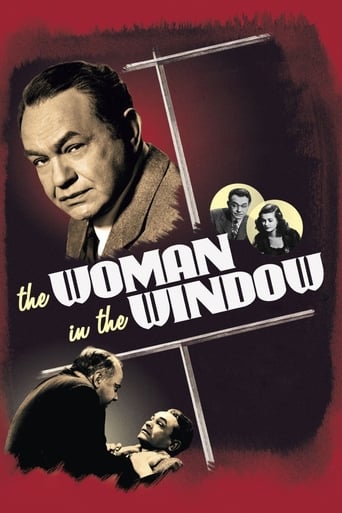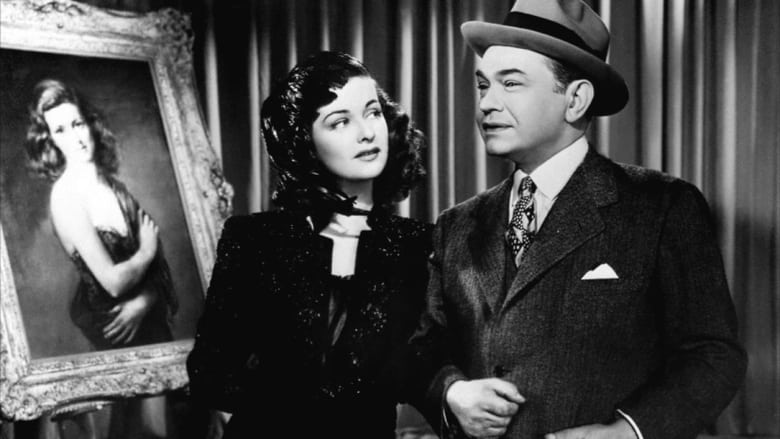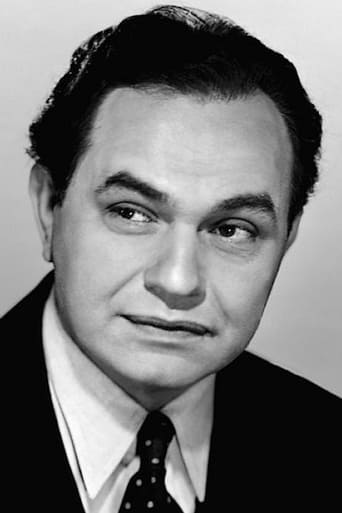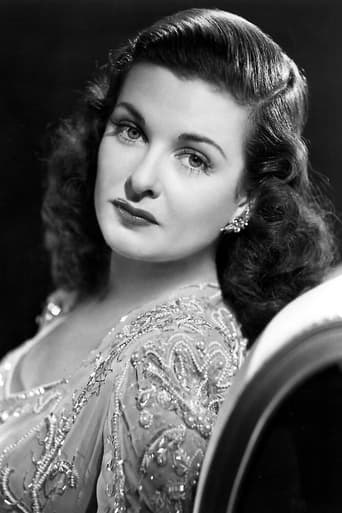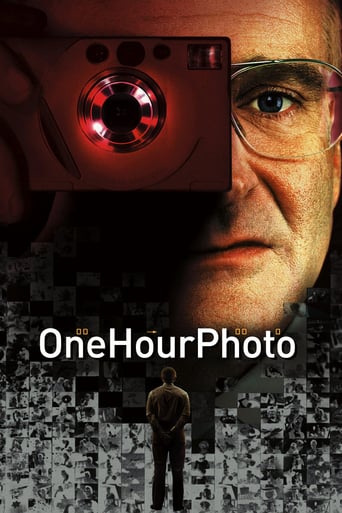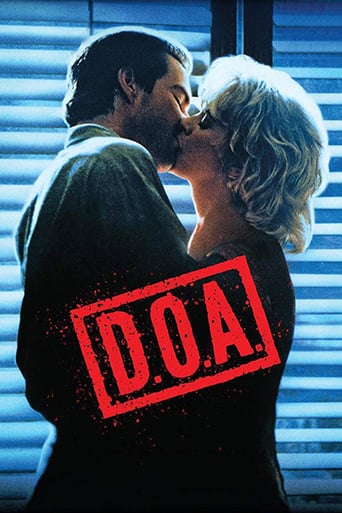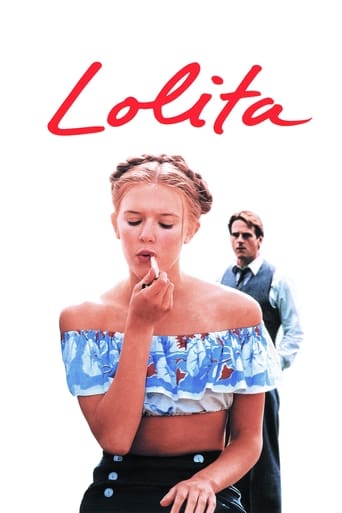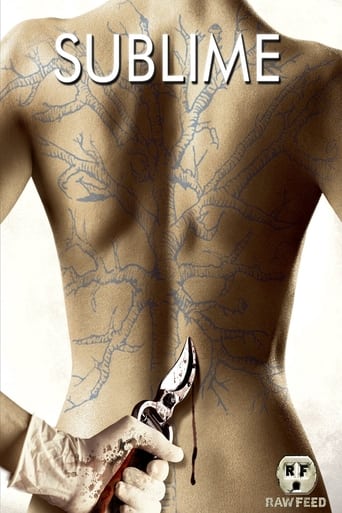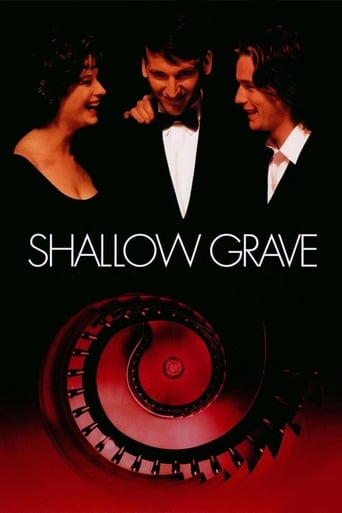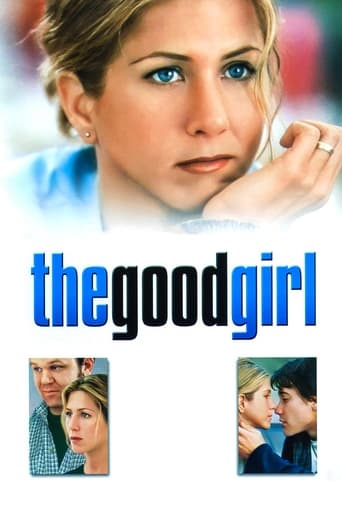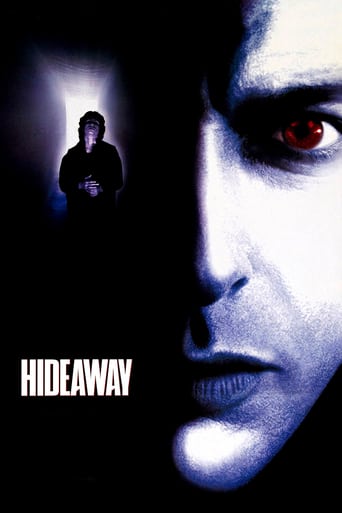The Woman in the Window (1944)
A seductive woman gets an innocent professor mixed up in murder.
Watch Trailer
Cast


Similar titles
Reviews
People are voting emotionally.
Absolutely Fantastic
This is a tender, generous movie that likes its characters and presents them as real people, full of flaws and strengths.
Pretty good movie overall. First half was nothing special but it got better as it went along.
This movie begins interesting with likeable main character and great cinematography and for the first hour it's great but after that everything falls apart.In the third act we don't see the main character for about 20 min.I also didn't like the ending because the movie was quite dark and the ending makes everything a dream and it ends on a happy note.
THE WOMAN IN WINDOW is pretty interesting mystery melodrama. I think the script is very good and sophisticated so that the unusual and satirical way circumscribes a criminal story. I am aware of the fact that the last scenes of the film divided audiences. I'm thrilled. The original and a little magic.I'm sure it's a surprise that brings the end of the film in most people turned into disappointment. Classic denouement murder in this case no. Mr. Lang and his team were well played. The story is simple. Acting is at a high level.Edward G. Robinson as Professor Richard Wanley is simply good. His appearance will not leave anyone breathless, but it's hard to find a complaint. Simply good. Joan Bennett as Alice Reed has afforded us a very good performance. A woman came out of the image. Impressive is it seen as a frightened and vulnerable woman on one side and a very skillful and enthusiastic negotiator on the other side. Raymond Massey as Dist. Atty. Frank Lalor was in a little satirical police investigation flawless. Dan Duryea as Heidt/Tim, the Doorman is very good in the role of the blackmailer. The dog who smelled burnt. It would be wonderful if this film misses a classic villain. But I am satisfied with the fact that the only villain paid with his life for something he did not do.This film works honestly. Why dream would not be honest? Elaboration is infallible. The focus is on the investigation of the murder, in which indirectly participate killer himself. Uncertainty is a constant. Awakening is certain.
It is only by chance that assistant professor of criminology Edward G. Robinson encounters the beautiful Joan Bennett. He is admiring her portrait in the gallery window and it is certainly a surprise to him when he sees her reflection behind her. She innocently invites him over to her apartment to show him drawings by the same artist, and all of a sudden, he finds himself plummeting a pair of scissors into a man's back who interrupted them and presumed something else was going on. He only thought that he was trying to get the man to stop beating him when Bennett conveniently placed the scissors in his hand. Now, determined not to be involved in a murder wrap, Robinson and Bennett conspire to get rid of the body, thus (with his expertise) committing the perfect crime.But crime, no matter the circumstances, never goes undetected, and when the body is discovered, Robinson's pal (Raymond Massey) is involved in the case and asks Robinson to aide him in putting together the clues. The fact that certain aspects of the case Robinson innocently reveals and the fact that certain clues show up implicating Robinson doesn't make him a suspect, but his own guilt gets him back together to conspire with Bennett, especially when a shady blackmailer (Dan Duryea) gets involved.This is a tight little film noir, sometimes slow moving, but always intriguing, only marred by a trick ending. The first half of the film focuses on Robinson's efforts to keep himself from being exposed; the second half focuses on Bennett's dealings with the sinister Duryea. Bennett moved from light-hearted leading lady into film noir vixen with ease, proving that she was more than just a former blonde beauty who became brunette to capitalize on her Hedy Lamarr similar looks. Actually, I had always known that Bennett was a better actress than the types of roles she had been doing up to this point, and as film noir became a major part of American cinema, her status in Hollywood rose, proving that even in the age-defined movie capital, re-defining yourself can stretch your career and keep you going, something very rare, especially for women heading past their mid 30's.As for Edward G. Robinson, he had always mixed his tough guy gangsters with the milquetoast characters he played in such classics as "The Whole Town's Talking" and "Mr. Winkle Goes to War". Robinson proves once again that he was one of the most versatile actors in film and could handle both leads and supporting parts with equal vigor. Director Fritz Lang provides enough thrills here, and while the final denouncement is a bit inconclusive (even before the trick ending), there's a nice touch involving character actress Iris Adrian that will make you forgive the writers for fooling you and being slightly cheap in bringing the film to its conclusion.
While watching, smitten, the portrait of a beautiful woman in a window, a professor is addressed by the woman herself. After they exchange a few words, she invites him to her apt.. There, after enjoying themselves for a while, they are brutally interrupted by her boyfriend--it seems--who attacks the professor. This last kills the man in self-defense and now he and the woman must deal with the corpse, which he goes to drop in some park, and also with some unwelcome witness of events. Even worse, the crime detective working the case is one of his best friends.I have just finished watching this film and I have to say I liked it a lot better than Scarlet Street, which has the same leading actors and to which it has been rather unfavorably compared. Great cinematography, typical film noir settings--late night in the city, almost empty streets soaked wet after some rain--a dark, unsettling atmosphere, and the gig is on. TWITW would have been worth at least an 8/10, in my opinion, had not been for that silly twist, which allows for a more or less happy ending; one popping up like a rabbit out of a hat, as it doesn't come about as the inevitable result of the natural flow of the plot but which appears as if just tacked there, presumably for the relief of the viewing audience. This is made even worse by the final appearance of the two (dead) villains, now in far nicer, reassuring, attitudes--the only thing missing there is their complimentary bow to the audience. Definitively, the word End should have appeared in the screen during Alice's phone call, while Wanley is slowly drifting into eternal slumber. That would have made of TWITW a true classic of the genre. As it came out, it's not quite a film noir, just a project.What I liked better here is that the plot holds together far more tightly than it does in Scarlet Street. There is nothing forced in the plight of the two main characters-—prof. Wanley and Alice Green--which are after all rather normal people, instead of the stereotypical protagonists of a film noir, and so we all can related to them one way or another. The jam in which they find themselves is, unfortunately, like many we may get ourselves into, any day, even if not necessarily of the same dramatic proportions--just think about someone passing you by, at night, in an empty street, and pushing you and then you pushing the guy back, making him fall and hit his head on the pavement; and then he stays there without moving; what would you do then...? That's the kind of mess honest & decent people get into every day, every hour, somewhere in the world, in your own city. In Scarlet Street instead, both Chris & Kitty could have gotten out of their respective situations the moment they wished, as nobody was forcing them to be there. All what Chris had to do was to stop being a fool and for Kitty to give the pink slip to Johnny-well, that last part may have been a lot easier to say than to do, but anyway. That what's gives the whole situation in SS a contrived nature that allow viewers to stay emotionally detached from the plight of both main protagonists, which is not the case in TWITW.Also there's the fact that TWITW has characters you may actually like, something unusual in a film noir. I loved the Massey character, the way he toys with professor Manley, playing a rather suave, high brow, Columbo to him-—as I have no doubt he must have started suspecting from the beginning that his friend got something to do with that crime, that he knows more about it than he's willing to tell. And if any doubt still remained in his mind, that must have dissipated when Wanley went straight in the right direction, in the lieu of the crime, added this to his hand wound and his poison ivy infection. For most of the length of the movie that Columbo type fencing between both is delightfully entertaining and it's a real pity that all that should have ended with the arrival of the film's villain, Duryea's blackmailer. It's clear, anyway, when we see Massey for the last time--I think when he leaves the lieu of the crime in his car, with Robinson--that he's sure that, when this case is solved, of which he doesn't have by now any doubt, his academic friend will appear involved in it one way or another. It's unfortunate that this Columbo--like banter between Massey and Robinson wouldn't go farther than that, which costs the movie one point in my review. In that sense WITW looks like a film divided in two parts, with only the two leads of the first part remaining for the second.The cinematography is up to Lang standards I say, and the acting is superb across the board, specially from Robinson's part. (My, has this man ever been in a bad movie, has he ever done a bad acting job? I think the answer is No, in either case). A definitive 8/10, if were not for that twist at the end. Come to think of it, maybe this is the reason behind it: the Code demands that people pay for their crimes and if WITW had ended during that phone call, Alice wouldn't have paid for having been an accomplice in the murder. Quite the contrary, she would have been the main beneficiary and, while it's true that she had lost her Sugar Daddy anyway, a girl with her looks wouldn't have had any problem finding another. So, maybe Lang, or the studio, felt forced to end the film that way, just to prevent her from remaining unpunished.

